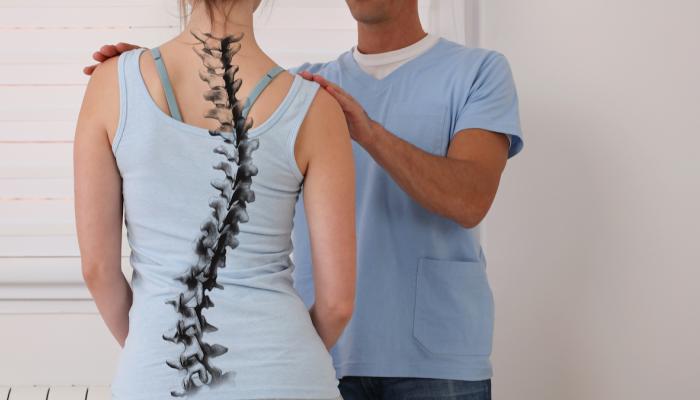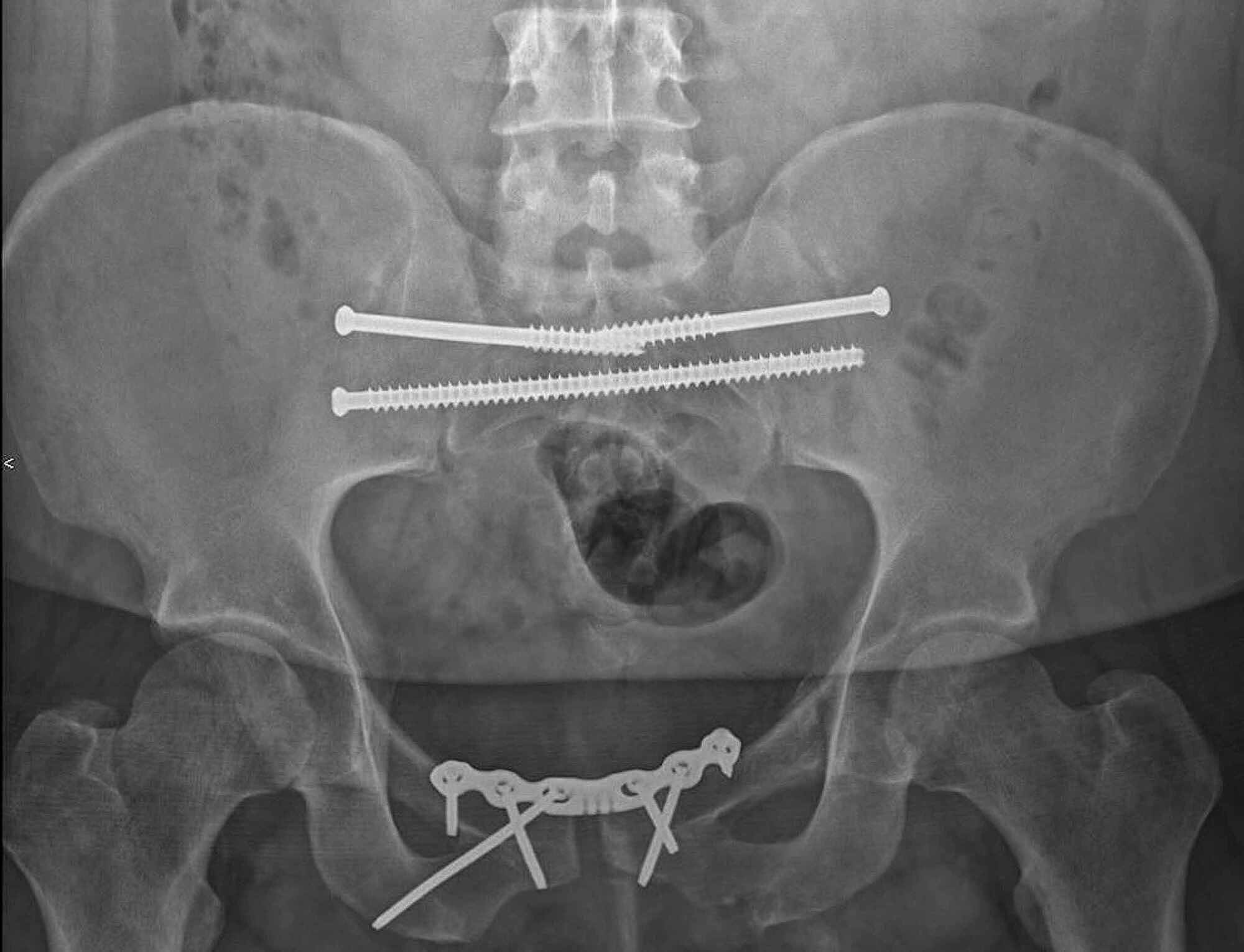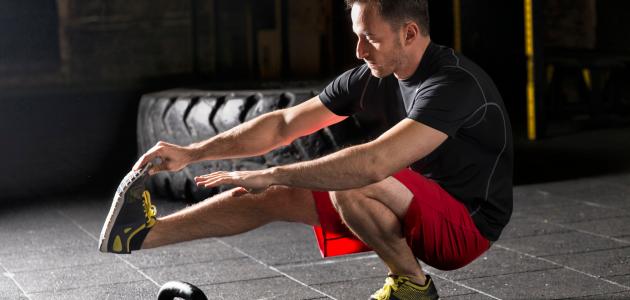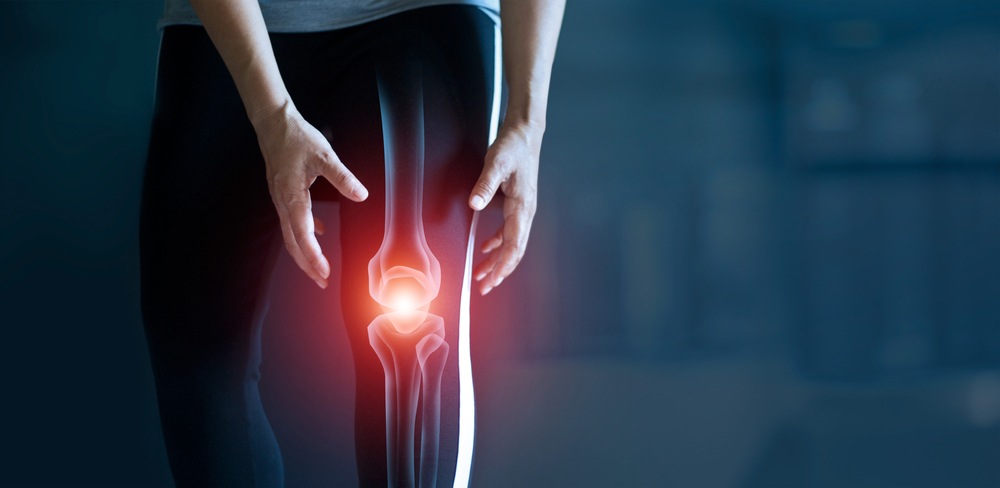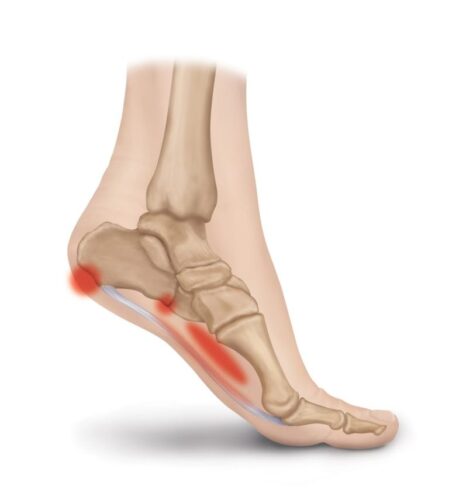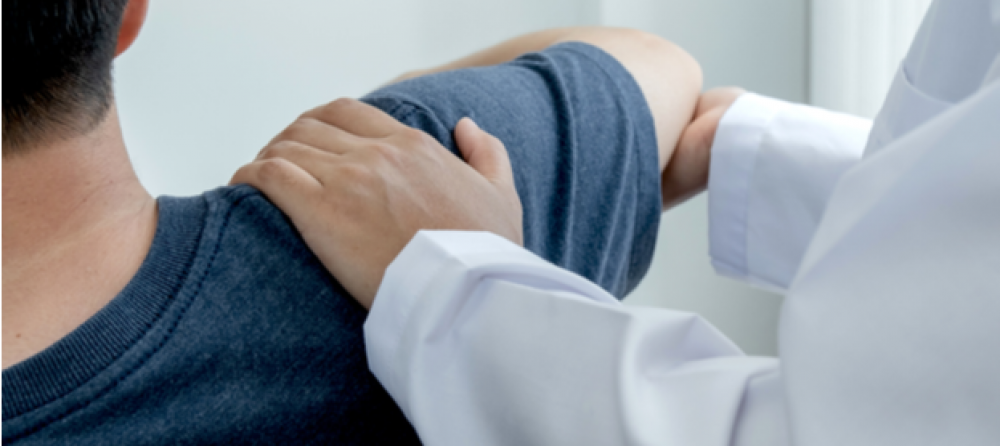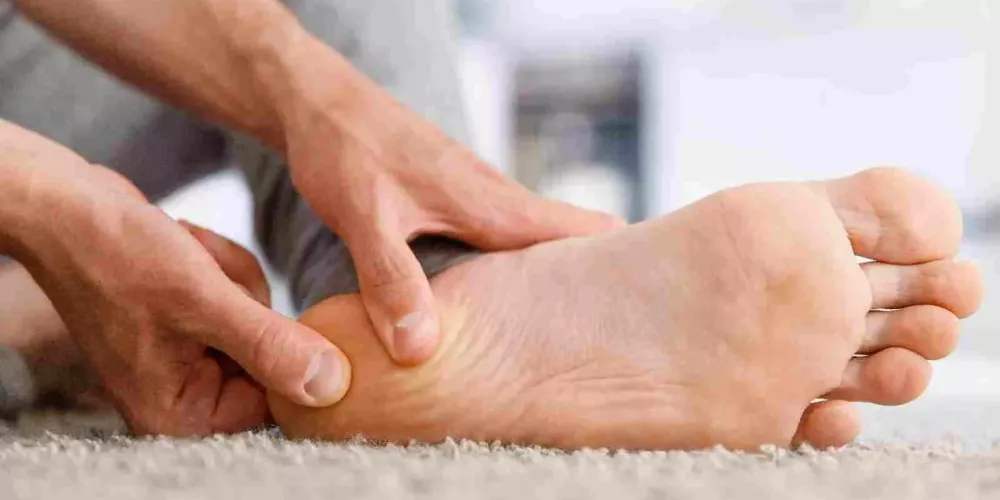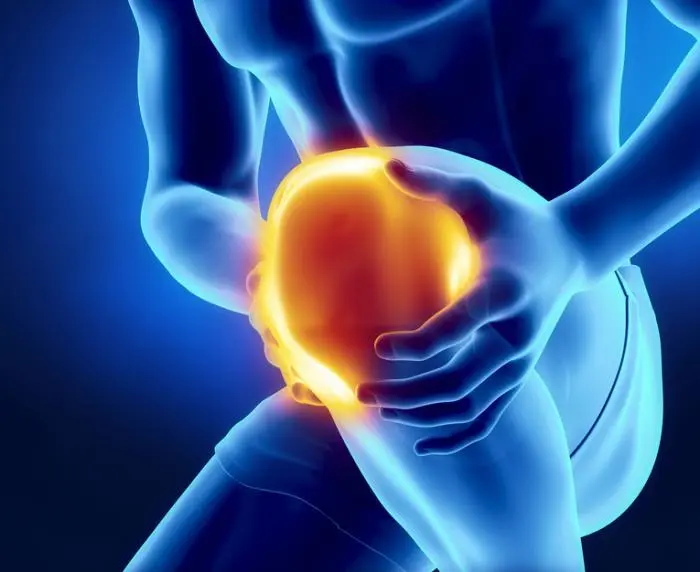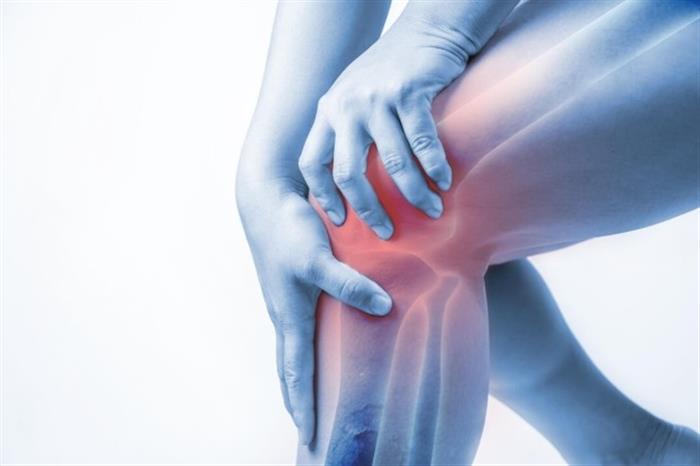Orthopedic Doctor Specializing in Sports Injuries and what are the prominent cases he treats
Orthopedist Specializing in Sports Injuries, in this article, we will take a close look at the role of the orthopedist specializing in sports injuries, explore the expertise and training required to practice this specialty, as well as the roles and responsibilities they undertake in the healthcare of athletes. We will also discuss the importance of their integration with sports teams and sports entities to achieve optimal sports performance and prevent future injuries.
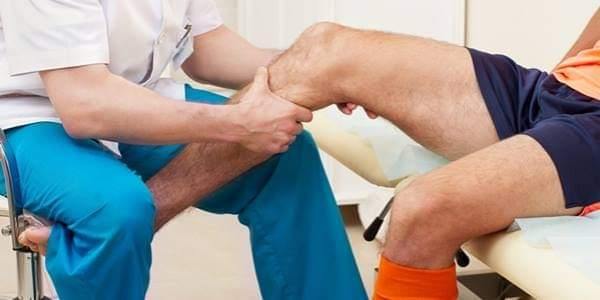
Orthopedist Specializing in Sports Injuries
Sports injuries have been steadily increasing in recent years, due to sports activities and events that take place in the fields and courts. Therefore, Dr. Amr Amal is considered an important reference in cases of injuries suffered by athletes and competitors in the fields.
Dr. Amr Amal is one of the physicians specialized in orthopedic and joint surgery, especially in the field of sports injuries. Dr. Amr Amal is distinguished by his outstanding experience and excellence in this field, as he has achieved many notable successes and achievements in the treatment and diagnosis of bone and joint injuries.
The treatment methods for sports injuries presented by Dr. Amr Amal include the use of analgesic medications to relieve pain and antibiotics in case of infection. In severe injuries, the patient may require surgical intervention, and Dr. Amr Amal performs complex and precise surgical procedures to treat sports injuries.
What is the specialty of sports injuries?
The specialty of sports injuries is one of the medical specialties that is concerned with the treatment of injuries suffered by players during the practice of sports or participation in sports events, such as football. The physician works to provide the necessary medical care for injured athletes, in order to provide appropriate treatment and accelerate the healing process and return to training and competitions.
Sports injuries include a variety of injuries such as bruises and wounds and muscle strain, tears, fractures, and sprains. The sports injury physician evaluates the condition of the injured player, diagnoses the injury, and develops an appropriate treatment plan.
Practicing the specialty of sports injuries requires advanced medical skills and in-depth knowledge of anatomy and the process of natural recovery. The physician must also be familiar with the latest developments in the field of sports therapy and follow the research and studies related to modern treatment techniques.
Therefore, the sports injury physician plays a critical role in the rehabilitation of athletes and the monitoring of their progress during the treatment period. This specialty works to enhance the healing and complete recovery of injured athletes and achieve their high performance on the fields.
Personalized care and meticulous monitoring are the signature of Dr. Amr Amal in the treatment of orthopedic specializing in sports injuries

What is Sports Medicine
Sports medicine is one of the medical specialties that is concerned with research and treatment for the various functional, anatomical, and pathological changes that occur in the human body as a result of practicing sports activities. Sports medicine is a product of its activity and focus on improving physical performance and preventing sports injuries.
Conditions Treated by the Sports Injury Physician
Sports injuries are a common problem in the field of sports, and they require specialized treatment to achieve rapid and effective recovery. The sports injury physician is the expert who treats these cases due to his specialization in sports medicine. Here are some of the conditions treated by the sports injury physician:
- Common Sports Injuries: The sports injury physician is the specialist in treating the common injuries in the fields and related to sports practice, including: muscle tears, muscle spasms, muscle fatigue, ligament sprains, and bone fractures.
- Injuries Resulting from Intense Training: Thanks to his experience in treating sports injuries, the sports injury physician can assist athletes in recovering from injuries resulting from intense training and excessive strain on the body, such as tendinitis, joint inflammation, and bone pain.
- Spine Injuries: Athletes sometimes suffer from spine injuries that require special care, and the sports injury physician can treat these injuries and provide the appropriate rest and rehabilitation for athletes, such as back pain, disc herniation, and back muscle strain.
- Joint Injuries: The joints are exposed to stress and pressure during sports practice, and injuries may occur in the ligaments or cartilage. The sports injury physician is specialized in treating these cases and providing the necessary physical therapy and rehabilitation, such as joint pain, ligament tears, and joint fatigue.
- Injuries in Young Athletes: Child athletes are exposed to the same types of injuries as adults, and the sports injury physician has the necessary experience to treat these injuries in ways that suit children, such as hip hernia, muscle strain, and ankle sprain.
To avoid future problems, start caring for sports injuries with Dr. Amr Amal.

Sports Injuries in Children
Here are some common sports injuries that may affect the health and safety of children during their sports activities:
- Head Injuries: Children may suffer head injuries as a result of falling to the ground or colliding with others during sports play. Parents and coaches should avoid strong blows to the head and ensure the use of appropriate head protection in risky sports such as football and rugby.
- Bone and Joint Injuries: These injuries include fractures and sprains that may occur as a result of jumping, rolling, and bodily interference with other players. It is recommended to teach children proper landing and falling techniques and strengthen the muscles surrounding the bones and joints to reduce the risk of injury.
- Eye Injuries: Bruises and wounds in the eye area are common sports injuries, and it is essential to wear protective glasses while practicing sports activities that involve potential contact or collision with others or the ball.
- Muscle and Ligament Injuries: These injuries usually occur as a result of intense exercises and repetitive movements. It is important to teach children the necessary stretching and strengthening techniques before and after training to reduce the risk of muscle and ligament injury.
- Muscle Strain and Knee Sprain: Muscle strain injury and knee sprain are among the most common injuries in children during their sports activities. It is recommended for children to wear appropriate and comfortable sports shoes and use sports supports such as knee braces to reduce the risk of injury.
Symptoms of Sports Injuries
In this guide, we will review some of the most common symptoms of sports injuries that may occur to individuals during physical activity. These symptoms are associated with damage to the muscles, ligaments, bones, and joints, and knowing these symptoms can help in diagnosing the injury and taking the necessary steps for healing:
- Severe pain: One of the most common symptoms of sports injuries is severe pain. The pain may be constant or suddenly appear after the injury, and the person may feel severe pain in the muscles or bones, ligaments, or the affected joints.
- Swelling and redness: Sports injury may be accompanied by swelling and redness in the affected area. Swelling occurs due to the rupture of blood vessels and the accumulation of fluids in the injured area as part of the body’s mechanism to protect against injury.
- Difficulty in movement: If the sport is normal, you will notice that sports injuries may negatively affect the movement of the body. You may feel difficulty in moving the injured joints or feel that the muscles are weak and unable to perform their usual function.
- Muscle spasms: Muscle spasms are one of the common symptoms of sports injuries. Severe exertion and injuries can cause muscle stiffness, tension, and spasms.
- Injury sound: In some rare cases, sports injuries may be accompanied by a distinctive sound such as a bone pop or fracture, and this sound indicates a tear or break in the injured tissues.
- Loss of function: Severe sports injuries may lead to loss of function of the injured joint or muscles, and the person may not be able to walk or use the injured joint normally.

Diagnosing Sports Injuries
Athletes or anyone participating in sports may suffer from injuries that occur during sports activity, and diagnosing the injury requires accuracy and choosing the appropriate treatment to ensure proper healing. In this guide:
- Step 1 – Assess Symptoms and Medical History: Interview the patient or player to assess the symptoms accompanying the injury and identify their medical history, inquiring about the type of pain, its location, and associated movement problems.
- Step 2 – Physical Examination: Using a physical examination, examine the injury area, move the limbs, and eliminate any spasms or swelling. Use gentle pressure to assess the level of pain. The physical examination is a crucial step in determining the nature of the injury and its severity.
- Step 3 – Diagnostic Tests: Some injury cases may require additional diagnostic tests to reach an accurate diagnosis. These tests may include X-rays to assess the bone structure and potential fractures, or magnetic resonance imaging (MRI) to obtain a detailed image of the injured tissues and organs.
- Step 4 – Analyze Results and Diagnose the Injury: Use the information gathered from the interview, physical examination, and diagnostic tests to analyze the results and diagnose the injury, then provide treatment recommendations and necessary care.
- Step 5 – Treatment and Rehabilitation: Based on the injury diagnosis, develop an appropriate treatment plan tailored to the patient’s or player’s needs, which may include physical therapy, pain medication, reduction in sports activity, or surgery in the case of acute injuries.
- Step 6 – Monitor Progress and Evaluate Recovery: Ensure the patient or player adheres to the necessary treatment and rehabilitation, and conduct regular follow-ups to assess progress and ensure a proper return to sports activity.
Rely on the experience and expertise of Dr. Amr Amal in the treatment of orthopedic sports injuries.
Preventing Sports Injuries
- Warm-up and Stretching: Before starting any sports activity, a person should perform warm-up exercises and stretching. These exercises help improve muscle flexibility and increase blood flow to the muscles, reducing the risk of sports injuries.
- Physical Fitness: Develop your overall strength and physical fitness through strength, endurance, and balance exercises. Good physical fitness and strong muscles around the bones and joints can help reduce the risk of sports injuries.
- Wearing Appropriate Clothing and Equipment: Ensure you wear appropriate and comfortable sports clothing and shoes for the type of sports activity you are engaged in. This clothing and equipment provide support and protection for the body and reduce the risk of injury.
- Gradual Increase: When starting a new sports activity or increasing its intensity, you should make a gradual increase, starting at a low level and gradually increasing the intensity over time. This helps the body adapt and avoids injuries caused by sudden increased pressure.
- Rest and Recovery: It is essential to give your body adequate rest periods between sports activities to allow for recovery. Resting the body and muscles helps prevent overexertion that can lead to injuries.
- Proper Nutrition: Consuming a balanced and healthy diet helps enhance physical fitness and strengthen the body’s immunity, contributing to preventing injuries.
- Medical Consultation: In case of doubt or the need for injury treatment, the person should seek medical advice and obtain an early diagnosis of injuries, which contributes to proper treatment and prevents their aggravation.

Treatment of Sports Injuries
Sports injuries are common problems experienced by players in various sports, and in this section, we will review the most important methods used in the treatment and rehabilitation of sports injuries.
- Comprehensive Medical Evaluation: The comprehensive medical examination is the first and most important step in the treatment of sports injuries. The examination aims to diagnose the injury, determine the degree of severity, and identify the affected organs and tissues. The physician performs a thorough examination of the musculoskeletal system and the affected joints.
- Functional Therapy: Functional therapy is used to strengthen the muscles, improve movement and flexibility, and restore the body’s natural function after an injury. Functional therapy includes exercise, stretching techniques, and massage.
- Physical Therapy: Physical therapy focuses on restoring and enhancing the strength and flexibility of the injured areas. Physical therapy includes targeted exercises and training techniques to rehabilitate the injured areas.
- Electrical Therapy: Electrical therapy uses electrical techniques to relieve pain, improve blood circulation, and promote tissue healing. Electrical therapy includes techniques such as shock wave therapy and alternating current devices.
- Surgery: Surgery may be the last resort in the case of severe injuries, and when traditional treatment does not respond. The surgeon performs surgical procedures to restore the normal function of the injured areas and reduce the effects of the injury.
Trust that you are in safe hands with Dr. Amr Amal in the care.
The Difference Between Sports Medicine and Physical Therapy
Athletes may suffer injuries while practicing sports, and here sports medicine and physical therapy come in as important tools in rehabilitating injured athletes and helping them safely and effectively return to their sports activities. In this article, we will outline the difference between sports medicine and physical therapy:
- Sports Medicine: Sports medicine is a specialized medical field that focuses on diagnosing and treating sports injuries. Sports physicians deal with athletes and professional sportspeople but also consider regular individuals who engage in regular sports activities. The scope of sports medicine includes:
- Diagnosing Sports Injuries: Sports physicians use medical knowledge and necessary tests to determine the nature of the injury and its impact on the athlete.
- Treating Acute Injuries: Sports medicine is effective in treating acute injuries resulting from fractures, sprains, and tears.
- Physical Fitness Evaluation: Sports physicians assess the physical fitness of athletes and determine their physical and mental capabilities.
- Rehabilitation Program Design: Sports medicine focuses on designing customized rehabilitation programs for injured athletes, aiming to restore their natural movement and gradually improve their fitness.
- Physical Therapy: Unlike sports medicine, physical therapy focuses on restoring body movement and function after an injury or surgery. The scope of work for physical therapy includes:
- Patient Evaluation: Physical therapists evaluate the patient’s condition and identify weaknesses and problems they face.
- Therapeutic Program Preparation: Physical therapists design a comprehensive treatment plan aimed at restoring the patient to their normal state, which may include strength exercises, motion improvement, and other practices.
- Treatment Techniques: Physical therapists use various techniques such as massage, motion exercises, hydrotherapy, and functional training to help patients regain movement and fitness.
- Pain Management: Physical therapists use techniques to help alleviate pain associated with the injury or treatment.


